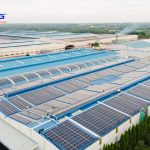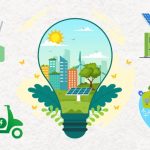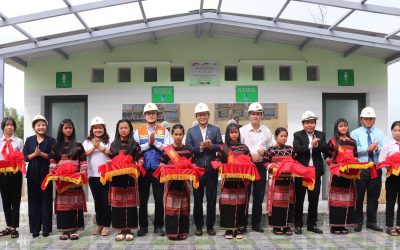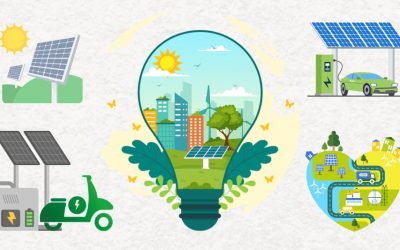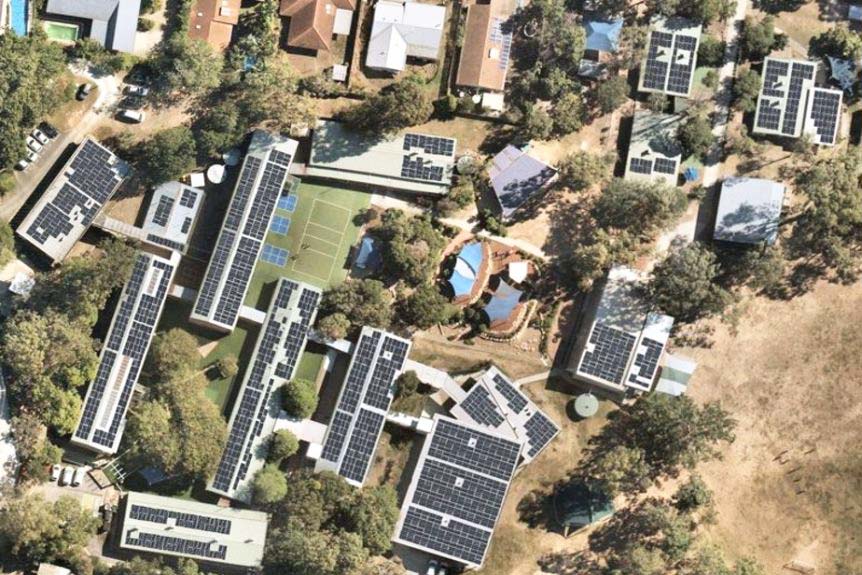
Recent studies have illuminated the potential of Solar Panels on Schools and other public buildings in Queensland as a pivotal resource for harnessing solar energy to electrify the state.
- Install Solar Panels for Self-Sufficient Electricity
- Schools Go Solar: How Solar Panels Can Reduce Electricity Bills and Carbon Footprints
The Study and Its Revelations
Initiated by the Australian Conservation Foundation, the research revealed a promising prospect: outfitting the rooftops of public structures across five local government regions with solar panels could yield sufficient electricity to energize an impressive 44,000 households. This finding underscores the untapped power of educational institutions and government facilities to contribute significantly to the state’s sustainable energy infrastructure.
Solar Panels on Schools
The study was carried out by the University of New South Wales’ School of Photovoltaic and Renewable Energy Engineering (SPREE) (UNSW).
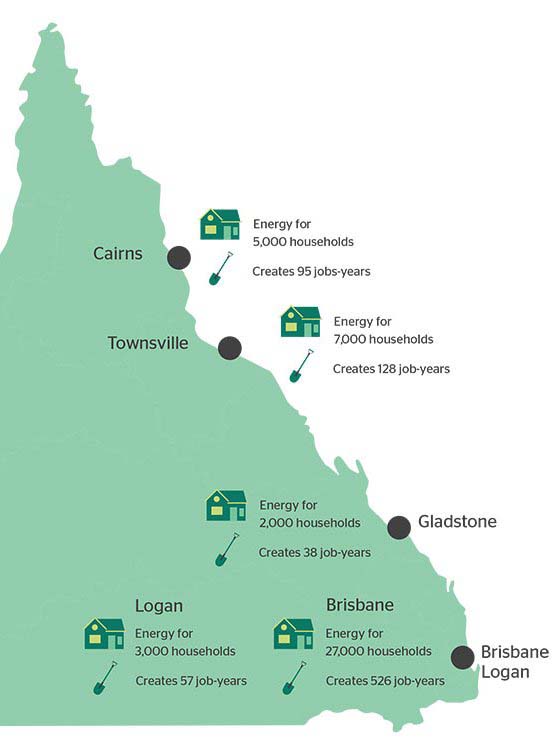 Solar energy potential across Queensland.(ABC News: Lewi Hirvela)
Solar energy potential across Queensland.(ABC News: Lewi Hirvela)
This then found 727,574 square metres of rooftop solar potential in Brisbane, Cairns, Townsville, Logan, and Gladstone schools, hospitals, prisons, and libraries.
According to Mike Roberts, the report’s author, this equates to 45 football fields worth of solar panel space.
“That’s 150 megawatts of solar and 500,000 solar panels,” Mr Roberts explained.
He claimed that public schools alone could generate slightly more than half of that energy.
“Kenmore South State School has enough roof area to support a 629 kW PV [kilowatt photovoltaics] array — enough to power 203 households,” he explained.
Benefits of Installing Solar Panels on Public Buildings
Because most of these public buildings have high energy demand during the day [unlike many homes], that’s the best place to put solar because it will be used.
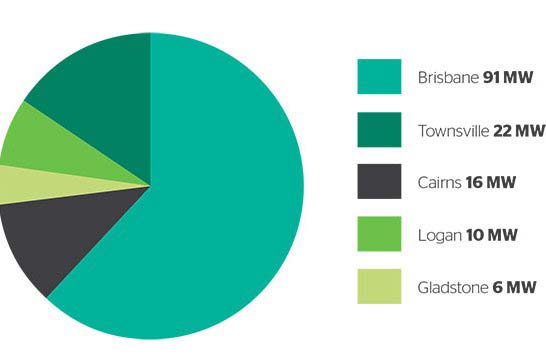 Queensland’s solar capacity by local government area.(ABC News: Lewi Hirvela)
Queensland’s solar capacity by local government area.(ABC News: Lewi Hirvela)
According to the report, Gladstone Hospital could generate enough solar energy to power 173 households.
According to Jason Lyddieth of the Australian Conservation Foundation, that amount of solar energy capacity could save 152,000 tonnes of climate pollution — the equivalent of not burning 1.3 million tonnes of coal.
“We have a lot of roof space that could be turned into power plants,” Mr Lyddieth said.
” highlights the huge opportunity the State Government has to increase the supply of clean, low-cost electricity to meet the daily energy needs of schools, hospitals and other essential services.
“Imagine how much potential there is across the state if public buildings in just five local government areas have 45 football fields’ worth of rooftops suitable for solar.”
According to the report, implementing the plan would create jobs, with a total of 844 years of employment in the solar installation industry estimated.
As part of the Government’s Advancing Clean Energy Schools program, 800 Queensland state schools will have solar panels installed by June 2022.
This will generate 35 megawatts of solar electricity.
Vu Phong Energy Group
See more:
